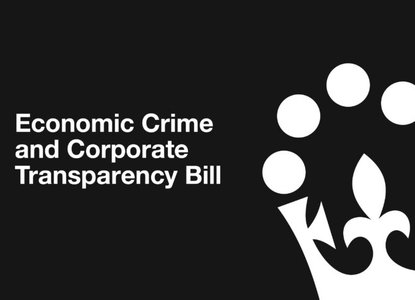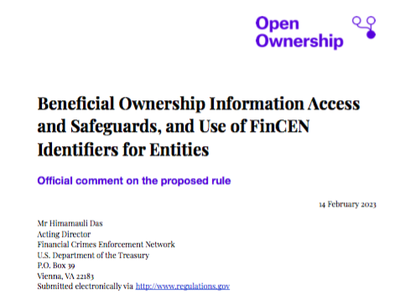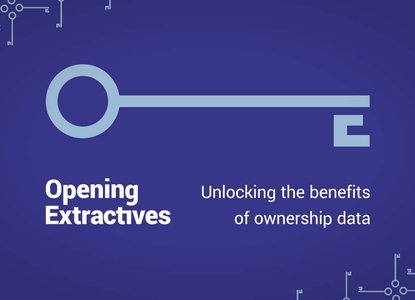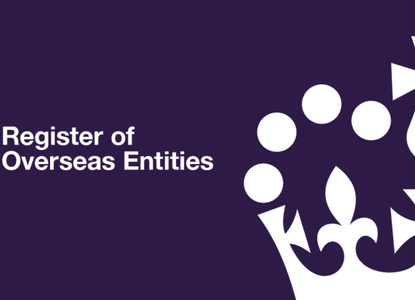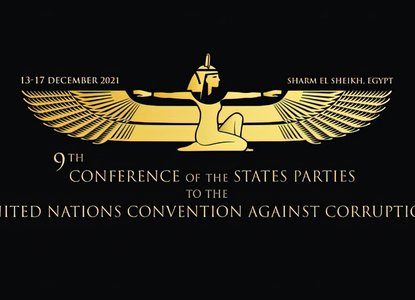Updated January 2023
Measures should be taken to verify the data
- Measures should be taken to verify information about:
- the corporate vehicle(s);
- the beneficial owner(s);
- their status as beneficial owner(s) (i.e. the means through which ownership or control is held); and
- the individual(s) making the declaration.
- Mechanisms to verify the information when it is submitted should include:
- ensuring values conform to known and expected patterns;
- ensuring values are real and exist by cross-checking information against existing authoritative systems and other government registers; and
- checking supporting evidence against original documents.
- After information has been submitted, the responsible agency should proactively check the information to identify potential errors, inconsistencies, and outdated entries, and query, remove, or update the data where necessary. The responsible agency should have the legal responsibility, mandate, and powers to do so.
- Mechanisms should be in place to raise red flags, both by requiring parties dealing with beneficial ownership data to report discrepancies and by setting up systems to detect suspicious patterns based on experience and evidence.
- Ownership types that are difficult or impossible to verify (e.g. bearer shares) should be prohibited.
To maximise the impact of beneficial ownership registers, it is important that users and authorities can trust that the representation of ownership in a register reflects the reality of who owns or controls a particular corporate vehicle. Verification is a combination of checks and processes that helps ensure that beneficial ownership data is accurate and complete at a given point in time. Verifying the identity and status of beneficial owners to confirm their accuracy is a requirement of the Financial Action Task Force (FATF) Recommendations. Checks can be deployed at different stages in a declaration system with the aim of making data high quality and reliable in order to add levels of assurance, create confidence in a register, and maximise its utility and impact.
